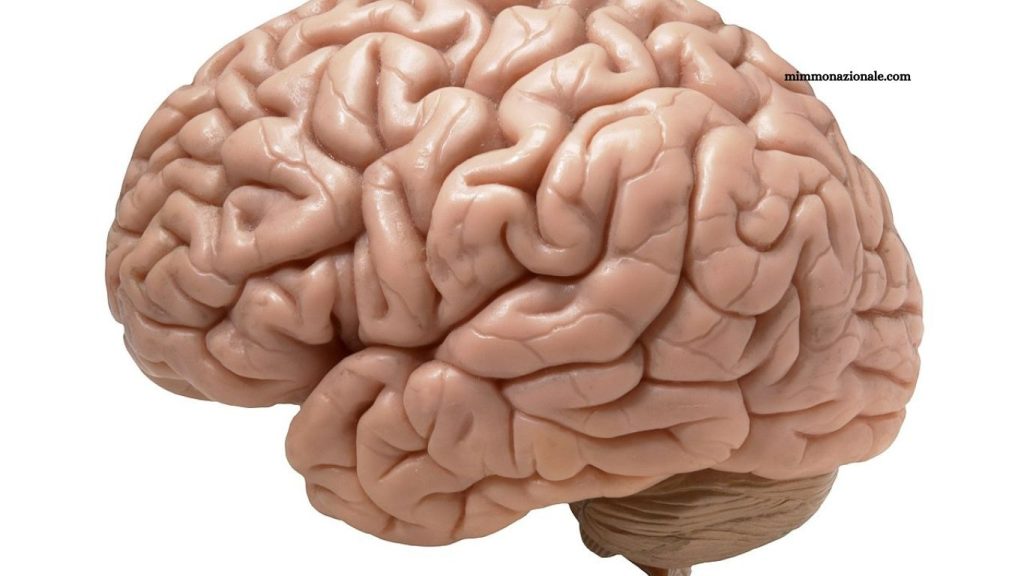AI addiction meets its match. While data centers guzzle electricity, scientists are turning to a far more efficient alternative: real human neurons. Lab-grown brain organoids miniature brains derived from stem cells—now serve as biological processors capable of performing computations.
This is no sci-fi fantasy. Companies like Switzerland’s FinalSpark and Australia’s Cortical Labs provide cloud-based access to living neural networks, allowing researchers to run experiments remotely. Electrodes translate the organoids’ electrical activity into basic binary operations, bridging biology and computing.
Reality Check: Your Phone Is Still Smarter
Current wetware systems contain roughly 10,000 neurons far fewer than the brain’s 100 billion. These mini-brains handle tasks like recognizing Braille or controlling simple robots.
Benjamin Ward-Cherrier from the University of Bristol notes, “Working with robots is easier… these are living cells, and they do die.” Unlike a laptop crash, organoid processors face mortality: when cells die, you can’t reboot you need new tissue.
Read More: Exploring the Rich Puzzle Challenges of Lumines Arise
The $35,000 Question
Biocomputing platforms, priced like luxury cars at $35,000 or more, remain largely in the realm of research—but global collaboration is growing fast. Universities from Bristol to Johns Hopkins are running experiments remotely, applying the systems to disease modeling, drug discovery, and more.
Fred Jordan of FinalSpark sums it up: “Instead of trying to mimic, let’s use the real thing.” It’s a fitting approach, given that artificial neural networks were originally inspired by biology.
Ethics Without the Hysteria
Current brain organoids lack the structure, pain receptors, or complexity needed for consciousness, easing ethical concerns. Researchers work closely with ethicists to navigate philosophical questions, but the main focus is harnessing biological efficiency, not creating digital sentience.
Wetware may take decades to reach mainstream computing, yet its energy efficiency alone could reshape AI’s environmental impact. Sometimes the most revolutionary technology is simply biology at its best.
Frequently Asked Questions
What are brain organoids?
Brain organoids are lab-grown mini-brains derived from stem cells, used for research and biocomputing experiments.
How do organoids function as processors?
Electrodes read their electrical activity, translating it into basic binary operations for computation.
Are these organoids conscious?
No. Current organoids lack the complexity, pain receptors, or structure necessary for consciousness.
How much does access to biocomputing platforms cost?
Access can exceed $35,000, making them primarily for research institutions and universities.
What research applications exist for wetware computing?
They’re used in disease modeling, drug discovery, and experiments exploring biological computation.
Are ethical concerns addressed?
Yes. Scientists collaborate with ethicists to navigate philosophical implications while focusing on efficiency.
Could organoid computing impact AI’s environmental footprint?
Yes. These biological processors are far more energy-efficient than traditional artificial neural networks.
Conclusion
Lab-grown human mini-brains are opening a new frontier in computing, combining biological efficiency with ethical oversight. While mainstream adoption may take decades, wetware promises to reduce AI’s environmental impact and redefine how we approach computation. By leveraging real neurons instead of mimicking them, scientists are demonstrating that sometimes the most groundbreaking technology is simply nature at work.

